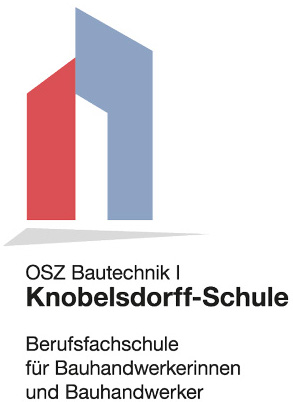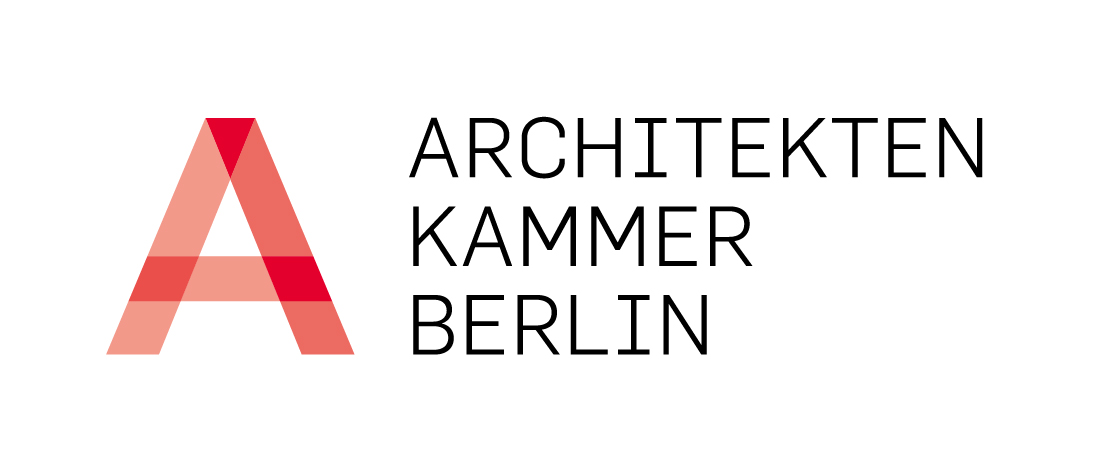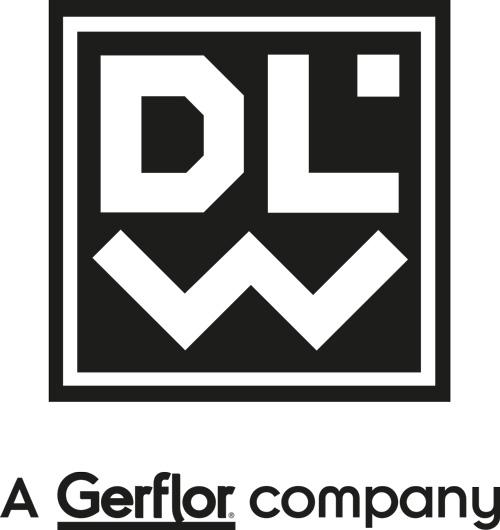Concept and Mission-Statement 2019
Heritage of Modernity – Future of the City
“Everything is new in May”, says the proverb. In 2019, May makes everything “reused”. And that times two. With the opening of the bauhaus reuse on Ernst-Reuter-Platz, the eponymous façade elements from Bauhaus Dessau have been successfully reused for the second time. The temporary building measures 174 square metres on a 12,250 square metre island: an X on the city map in the middle of a large circle, a garden monument of modernism, with an underground connection, surrounded by four lanes of automobile traffic, in the middle of the city.
What is new is that for the 100th Bauhaus anniversary, the glass pavilion will be a public centre for the coming years where learning, research, work and civil society participation will take place in dialogue. Transdisciplinarity is the keyword. This stands for a lively exchange between research, academic education, practical training and the general public of urban society.
From today’s perspective, the approach at the historical Bauhaus was transdisciplinary. The demand that “we must all return to the craft” in order to reunite art and craft in construction was in fact followed by a renewed connection of practice and theory, of study and training. A special form of teaching emerged that placed the practical and the academic on the same level – and valued them in relation to each other. This generally forms the basis for transdisciplinarity. Whereas another fundamental part of the definition, equal participation and productive dialogue with society, was ultimately not realised at the Bauhaus due to the political circumstances of the time.
This essential aspect is linked to equality, participation and interactive involvement.
This results in an exciting examination of the guiding principles of modernism on the one hand and the current debate in politics, society and urban development on the other, which the bauhaus reuse programme addresses in many ways.
Charlottenburg Campus
bauhaus reuse is also a pilot platform for the Charlottenburg Campus, which is the result of an initiative by the district of Charlottenburg-Wilmersdorf, the TU Berlin and the UdK Berlin. Spatially, Ernst-Reuter-Platz is at the centre of the initiative as a public hub for the science and education location.
Closely linked to the TU Berlin’s transdisciplinarity strategy, two transdisciplinary projects are planning the concrete kick-off: a project to renovate the street furniture on Ernst-Reuter-Platz with students from the TU Berlin and trainees from the Knobelsdorff School, as well as a symposium on the topic of emancipation in modernity in cooperation with the Centre for Interdisciplinary Women’s and Gender Studies (ZIFG) at the TU Berlin and performative artistic works.
So: open bauhaus, come and do…
The bauhaus reuse is open in the sense of public offerings and the participation of contributors from different professions and backgrounds. The programme extends beyond the Bauhaus year: a multi-year, actual, transdisciplinary workshop, discourse, practice and performative projects – making with an open outcome, not just as a freestyle in the anniversary year. This is reflected in the themes, the collaborations and the guests. The bauhaus reuse is equipped for this as a multifunctional project workshop.
The centre and the programme content are managed and curated by zukunftsgeraeusche GbR, which is also the creator and owner of bauhaus reuse.
Info place, lounge, virtual Bauhaus and free W-Lan
In addition to the programme items, the bauhaus reuse is an open space, an “open public indoor space”, to sit, to look, to stay in. Open to the public is a lounge with information on the projects and the Ernst-Reuter-Platz site, an information library (archive) and the interactive virtual reality application Virtual Bauhaus (see opening hours).
A place of modernity
Ernst-Reuter-Platz is predestined for this and is a special place. As a showcase project in post-war Berlin, in demarcation from the Nazi past and East-West axis planning, the square was created according to an urban planning concept by Bernhard Hermkes in 1955. With a free and light-looking open space and square design by Werner Düttmann, which constitutes today’s garden monument, it was completed between 1959 and 1960.
Today, the square is a significant conglomeration of the legacy of post-war modernism: of the spirit of democracy and progress, once car-oriented traffic planning and public space, historic buildings and structures of the 50′, 60′ and 70′ years, and a highly frequented educational and scientific location. It is a place of modernity in the making, in that sense a “time traveller” through the history of the modern city and urban society, with a past as diverse as today’s perception in the cityscape and by the urban population.
bauhaus reuse – reuse
Previously, bauhaus reuse was located for three years, from May 2015 to the end of April 2018, at the Bauhaus Archive in Berlin-Tiergarten, where it inspired the new building for the current museum extension as a transparent entrance. Before its construction began, the planned move to Charlottenburg began.
As a reusable construction kit, the completely dismantlable building with 43 façade elements and doors, which originated from the major post-war renovation of the world-famous Dessau Bauhaus for its 50th anniversary in 1976, could be completely dismantled and reassembled. Construction was carried out by trainees from the Knobelsdorff School in Berlin.
With the bauhaus reuse on Ernst-Reuter-Platz, the reuse of the reuse succeeds and thus a pointed contribution to the debate on the valuable handling of the built environment and modern building heritage.
Topics: Heritage of Modernity – Future of City and Society
Under the programme title BHROX, current questions about modernity, its heritage and the future come together: What do we learn from modernity for the future of the city and society?
The main topics of the coming years will deal with modern societies, politics and building culture, housing, sustainable urban development and circular strategies as well as the future of education and work.
Another focus will be on transnational exchange in Central and Eastern Europe. Starting in 2019 with the festival re:bauhaus, which is dedicated to social emancipation and the political conditions in the context of Bauhaus and functionalist modernism in Central Europe.
The concept of bauhaus reuse and the BHROX programme stand for reuse and further thinking in a double sense, from a material and socio-cultural perspective.
The programme takes place with student seminars and specialist practical workshops, research and field studies, with open discussion rounds, lectures and discussion events, performative projects, music and theatre events, film screenings and exhibitions as well as Young Labs and Open Labs for school classes and adults – always in public and with a variety of public offerings.





